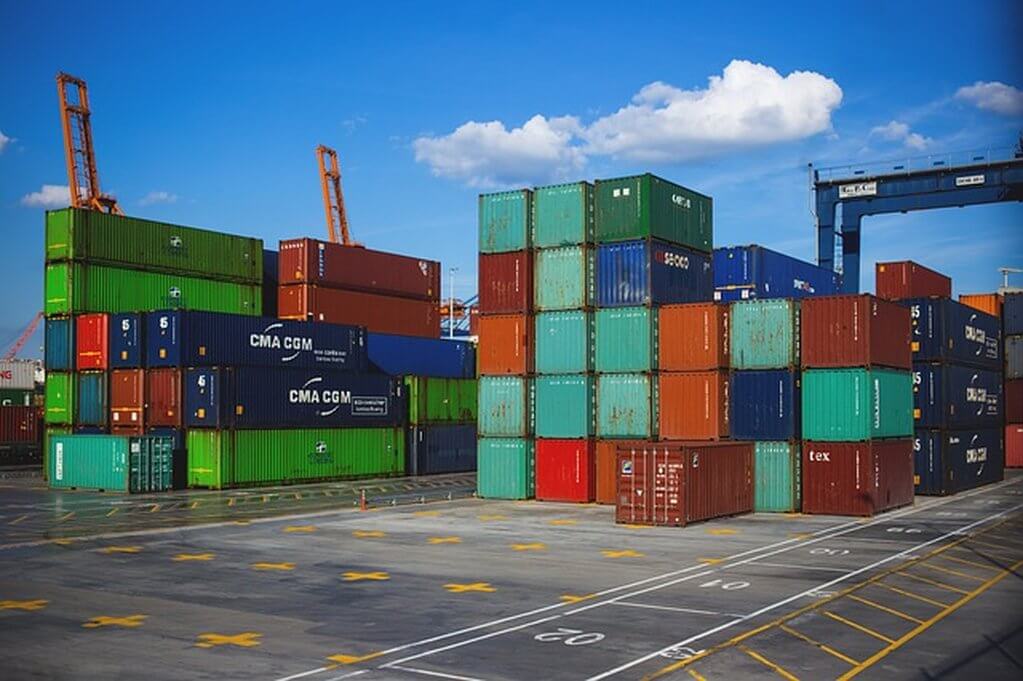Cambrige AS and A Level Accounting Notes (9706)/ ZIMSEC Advanced Accounting Level Notes: Cost Behaviour: Fixed Costs, Variable Costs and Semi-Variable Costs
- Costs can be classified in a number of ways
- One way to classify costs is by behaviour
- This involves determining how certain costs will vary according to the organisation’s level of activity
- For example how rentals change when the organisation produces say 500 units compared to 1000 units
- This knowledge would be essential for decision making
- Often managers do what if analysis:
- What would happen if the business increased it’s output to 3000 units
- How many kilograms do we need to sell in order to break even at the current price
- What if we reduced the price by 10% what would be the overall effect on things
- All this would not be possible without classifying costs by behaviour
- When it comes to classification by behaviour all costs are traditionally divided into three:
- Variable Costs
- Fixed Costs
- Semi-variable costs
Variable Costs

Variable Costs
- Variable cost refer to costs that vary in proportion to the level of activity
- That is these costs increase whenever the level of activity (units produced etc) increases
- For example if output is doubled the expectation is that variable costs will double
- For this reason if a total variable cost graph were to be created it would be a linear graph with a constant gradient much like the one shown above
- This means that the variable costs per unit is constant i.e. fixed
- Examples of variable costs include:
- Labour for example when assembly line workers are paid per unit produced ( Piece Rate System)
- Direct materials i.e. the cost of raw materials used in production
- Let’s say each table produced requires wood worth $50
- If the business in question produces 1000 tables the cost of wood would be $50 000
- If they produce double the number of tables they would need 20000 x $50 = $100 000 worth of materials
- As can be seen the cost of direct materials varies with the level of activity,
- The more is produced the higher the costs and vice versa
Fixed Costs

Fixed Costs
- Fixed Costs are those costs that remain constant over wide ranges of activity for a specified time period
- They are not affected by the changes in levels of activity
- When plotted on a graph as shown above you get a straight line that is parallel to the x-axis
- Examples of fixed costs include:
- Depreciation of machinery,
- Salaries of supervisors
- Leasing costs for equipment e.g. Delivery vehicle leasing costs
- Fixed Costs per unit decrease as the level of activity increases
- With each unit produced they approach zero
- Consider a company that leases a truck for $3 000 per year to use when making deliveries
- If they produce 0 tables they still have to pay the leasing company $3 000
- If they produce 1 000 tables they still have to pay $3 000
- In fact it does not matter if they produce 2 000 tables for whatever they produce they still are required to pay the leasing fee of $3 000
- However on a per unit basis if they produce 1 000 tables the fixed cost attributable to each table would be:
- \dfrac{\$3 000}{1000}
- That is $3 per table
- If the business produces 30 000 tables the fixed cost attributable to each table becomes:
- \dfrac{\$3 000}{30000}
- That is 10 cents per table
- As already pointed out the fixed cost per unit approaches zero as the level of activity increases
- In mathematical terms the graph of fixed cost per unit would produce a curve that is asymptomatic to the x-axis
Semi-variable costs

Semi Variable Costs
- In the real world there are costs that are neither variable nor fixed
- There are costs for example that remain constant within the borders of certain levels of activity
- When the level of activity is increased beyond a certain level the costs increase but not in a linear fashion
- Such costs usually increase in a stepped fashion as shown in the graph above
- An example would be warehouse rental costs
- A company could pay $1 000 to rent a warehouse which would be adequate to store between 0 and 5 000 units
- Any increase in units produced and stored in this warehouse would within these confines would not affect the payable rentals
- However any increase to 5 0001 units might require the business to rent an additional warehouse with a capacity to store up to 5 000 more units for an additional $1 000 bringing the total warehouse rentals to $2 000
- Another example would be supervisor salaries at some point if the level of activity is increased an additional supervisor would be necessary
- All these costs are examples of semi fixed/ semi variable costs
NB
- The distinction between fixed and variable costs is made in the short run
- Short run- is a period period during which only some factors or variables can be changed because there is not enough time to change the others
- In the long run all costs are can be varied
- The exact duration of what constitutes the short run varies from entity to entity depending on the entity’s nature of operations as well as other factors
To access more topics go the ZIMSEC Advanced Level Accounting page
To access more topics go to the Cambridge AS/A level page



